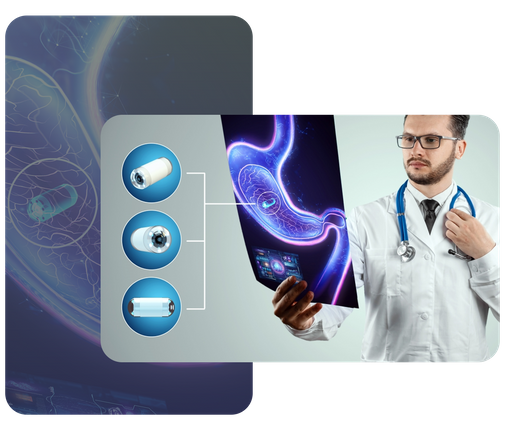Determine the Cause of Disorders in The Upper GI Tract With an Upper Endoscopy
If you are experiencing symptoms such as nausea and vomiting, heartburn, abdominal or chest pain, or difficulty swallowing, you may have an issue in your upper gastrointestinal tract. Factors related to diet, family medical history, environment, and infection make the upper GI tract the site of various intestinal and digestive disorders. An upper endoscopy procedure can help in diagnosing and treating these disorders.
At Northeastern Gastroenterology Associates, our team of gastroenterology specialists can help patients find the cause of digestive issues. With an upper endoscopy procedure, we can find the cause of the symptoms patients are experiencing and provide them with the necessary treatment so that they can enjoy a more comfortable and worry-free life.




